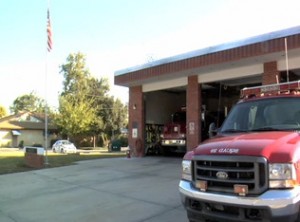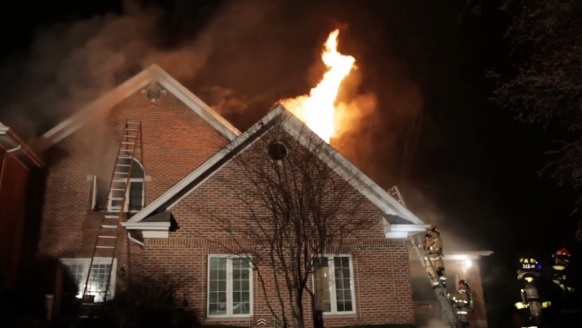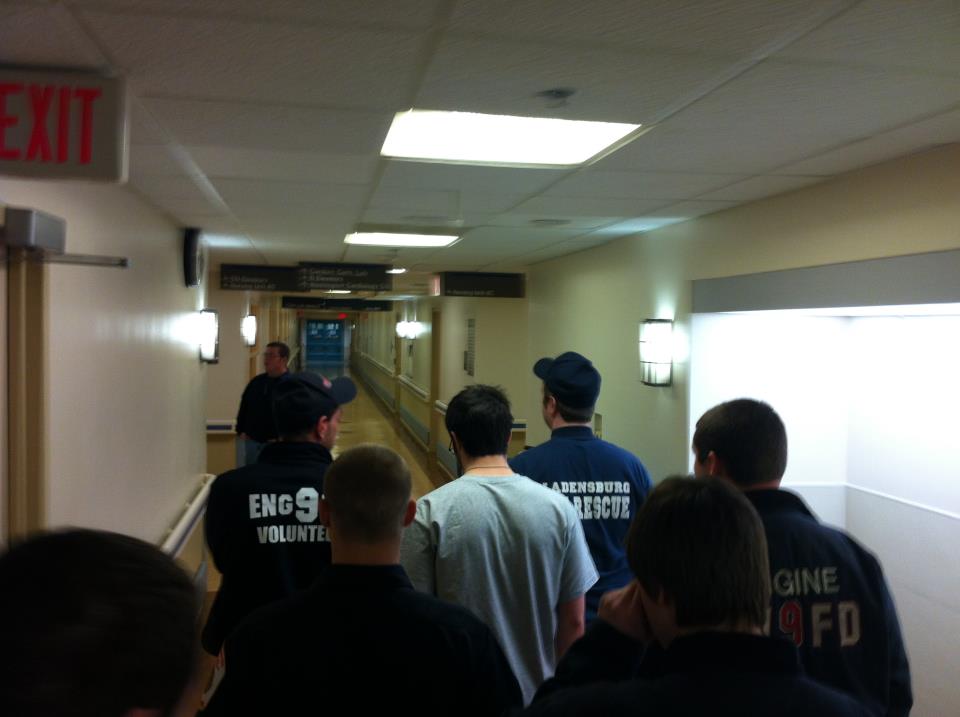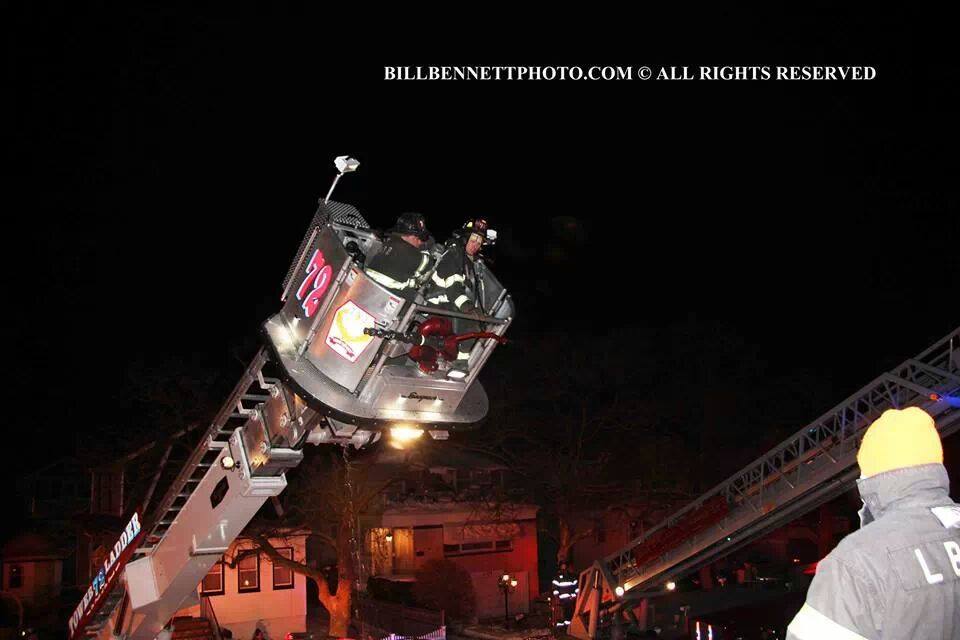Command & control: Retired Baltimore Co. division chief goes public over command staffing after last week’s critical injury.
Reisterstown VFC Firefighter Gene Kirchner (l) and Lutherville VFC Firefighter Mark Falkenhan.
Jonathan Hart is a retired division chief from the Baltimore County Fire Department in Maryland. The column below, reprinted with his permission, was published today by The Baltimore Sun. It addresses staffing issues for command officers in Baltimore County that Hart connects to the recent critical injury to Reisterstown VFC Firefighter Gene Kirchner and the January, 2011 death of Lutherville VFC Firefighter Mark Falkenhan (increasing command officer staffing was a NIOSH recommendation). Here’s the column:
Over two years have passed since firefighter Mark Falkenhan was killed at an apartment fire on Dowling Circle in Towson. His death resulted, in part, from a collapse of the Incident Command System (ICS), when first-arriving units were faced with heavy fire and multiple rescues. ICS is a procedural policy for ensuring that command and control mechanisms are continually utilized during mitigation efforts at every incident. “Command” is assumed by the officer of the first-arriving unit and passed to the responding chief officer upon his or her arrival.
The National Institute of Occupational Safety and Health (NIOSH) conducts investigations of fires that result in firefighter deaths. Among the recommendations made by the NIOSH investigation of the Dowling Circle fire was the following: “Increase command officer staffing to ensure fire fighter safety during emergency operations.”
Despite the clear findings of the NIOSH, very few operational changes have been implemented by the Baltimore County Fire Department to prevent similar incidents from occurring in the future, and nothing has been done to improve command staffing.
In fact, Baltimore County has fewer on-duty command officers (per capita) than any other department in the metro area. Baltimore County has only three command officers on duty at any given time. Similar-sized jurisdictions (Montgomery County, Prince George’s County, Baltimore City) typically have six to 10 command officers on duty. These departments understand how essential it is to provide adequate command and control on the fireground by enabling command officers to reach the incident scene quickly.
By virtue of the limited number of command officers in Baltimore County, each officer is responsible for a very large geographic area (battalion). Therefore, response times for command officers are excessive. It is not unusual for battalion chiefs to take 20 or even 25 minutes to respond to an incident. These chiefs arrive too late to command incidents during the critical early stages of the fire attack, which is typically when things go wrong — sometimes very wrong.
On Jan. 11, 2011, it took approximately 20 minutes for the initial battalion chief to arrive at the fire that claimed Mark Falkenhan’s life. Upon arrival, that chief immediately made the determination that the building was not safe for interior firefighting operations; he ordered the evacuation of the building. Seconds later, Mark transmitted the “Mayday,” signaling that he was trapped in a third floor apartment. What would have happened if the battalion chief had arrived one minute (or even 30 seconds) earlier that day?
This past Wednesday, firefighter Gene Kirchner, 25, of the Reisterstown Volunteer Fire Company was critically injured during a house fire with people trapped. Although the facts surrounding his injuries are yet to be determined, it seems highly likely that in this case too, his injuries resulted in part from the delayed response of a command officer. The command officer was responding from the Woodlawn/Catonsville area, as would normally be the case. A response from that location to Reisterstown takes about 15 minutes.
Excessive response time; fire involving trapped civilians; critical firefighter injuries. Coincidence?
I joined the Baltimore County Fire Department in 1987, when the department had six battalion chiefs on duty on each shift. Today, there are just three battalion chiefs on duty on each shift. Each chief oversees 16-20 stations. Each chief covers more than 200 square miles. Unlike other departments in the region that assign multiple chief officers on structure fires, Baltimore County dispatches just one. Baltimore County’s fire and EMS personnel are at unacceptable risk of injury and death because there are too few command officers.
I retired as a division chief in February 2012. Throughout my tenure, I remained vehemently opposed to the reduction in command staff that occurred during the 1990s. There are a number of reasons I decided to retire, but my inability to convince the administration of the need to improve command staffing levels (especially in light of Mark’s death) was certainly a factor. I didn’t want to be the chief-in-charge of an incident at which we lost another firefighter whose death might have been prevented by enhancing command staffing.
Two months following my retirement, I met with County Executive Kevin Kamenetz. I wanted him to hear from me how dire this situation is. I told him I feared that if command staffing did not improve, another incident would claim the life of a firefighter in Baltimore County. To Gene, the Kirchner family, and to all my brothers and sisters in the Baltimore County Fire Service, I’m praying I was wrong.








